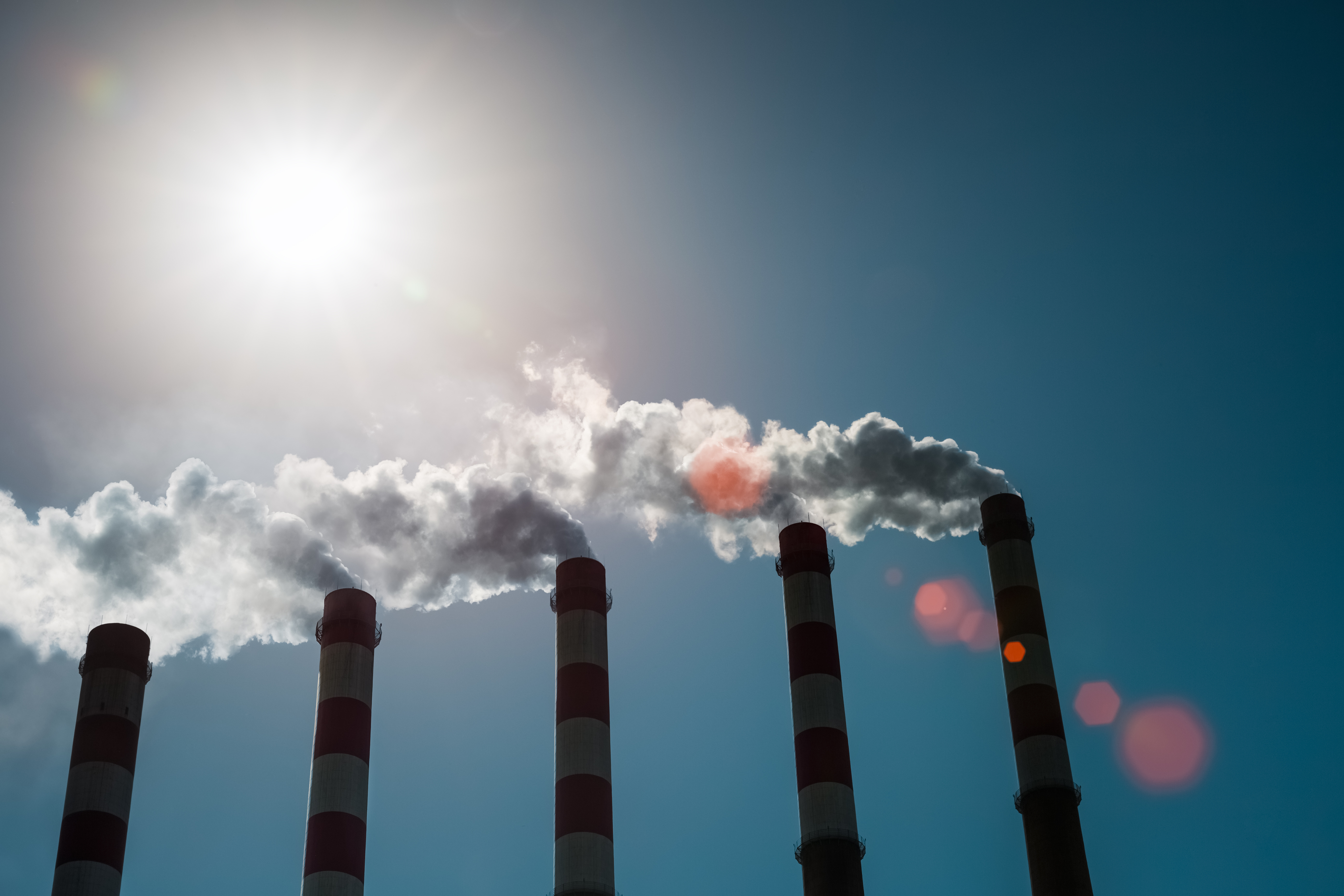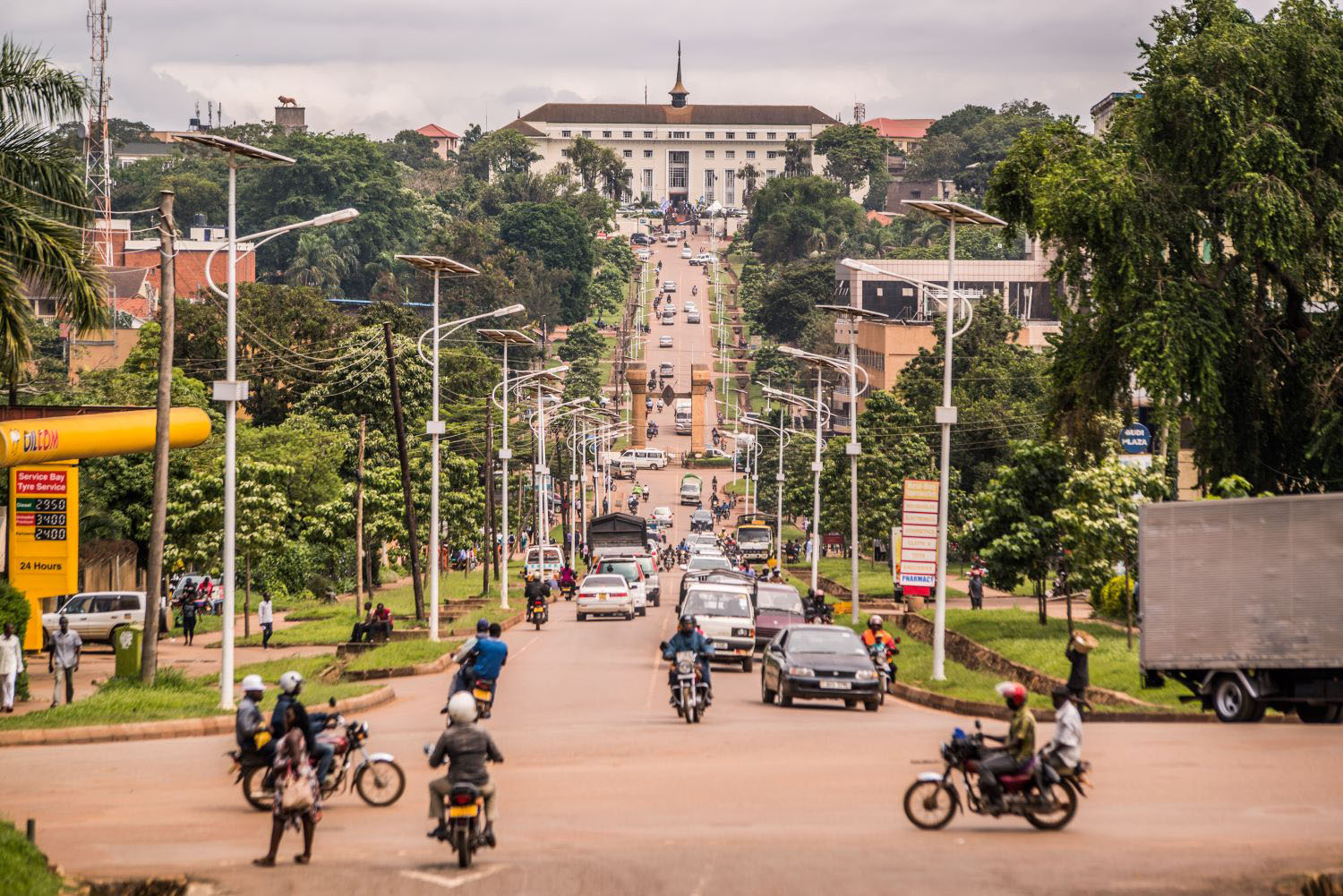The dirty secret of climate finance is that much of it is displacing traditional development aid. Calls for more climate finance are important, but if current practice is any guide, a large share of the funds will be taken from budgets that fund critical development priorities, such as health, education, women’s rights, infrastructure construction, and humanitarian aid.
Exhibit A is a recent study from CARE International, a global nongovernmental organization focused on poverty and social justice. By its estimates, 52 percent of climate finance provided by 23 rich countries from 2011 to 2020 was money that previously went to development budgets, including programs focused on health, education, and women’s rights. In other words, on account of climate policies, poor countries have seen deep cuts in critical aid programs with demonstrated short- and long-term benefits. The numbers look even worse when you consider the long-standing development spending pledge of 0.7 percent of gross national income. If you take that number as a minimum for development spending and posit that climate finance should come on top, only 7 percent of wealthy countries’ climate finance qualifies as additional funding,
Rich countries have a long way to go to help poor countries fight climate change in any meaningful way. On top of refusing to fund much-needed energy projects, they have siphoned off money from aid budgets, handed aid money to private-sector firms in their own countries, and counted just about anything they want as climate projects.
Read the full essay, The Dark Side of Climate Finance, coauthored with Alex Smith in Foreign Policy.
CGD blog posts reflect the views of the authors, drawing on prior research and experience in their areas of expertise.
CGD is a nonpartisan, independent organization and does not take institutional positions.







